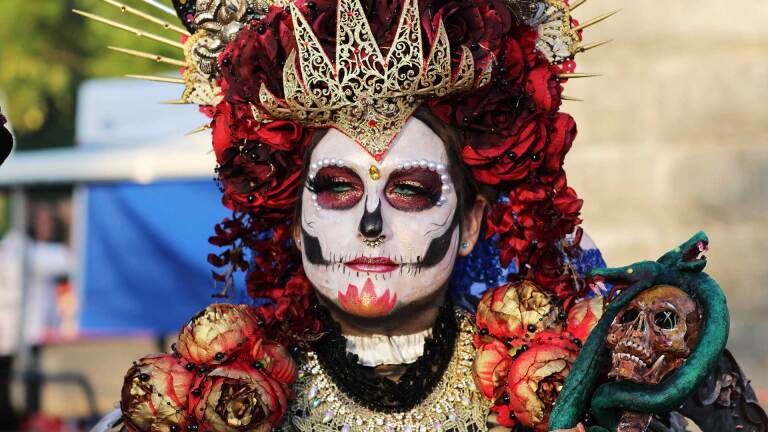Support Provided By

1:42
A transplant to Los Angeles since 1988, Joseph Leahy has taken on the traditions of Día de los Muertos and incorporated it in his life.

56:18
Inspired by Oaxacan traditions, Dia de Los Muertos was brought to L.A. in the '70s as a way to enrich and reclaim Chicano identity. It has since grown in proportions and is celebrated around the world.









